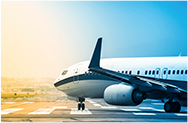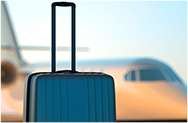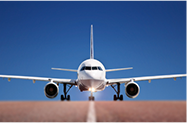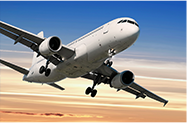
Earthquakes. Fires. Tsunamis. Hurricanes. Thieves. Most of us don’t think about these things as we’re packing, but when we visit destinations vulnerable to certain types of disasters, we take on the real risk of an emergency. Many of the most essential items to have in the event of a major disaster are not only small and portable, but they also have plenty of travel uses.
Here’s our shortlist of packable things that could save your life while on the road.
Whistle

This is something that many people in earthquake-prone regions already have on their keychains. A whistle (opt for a “pealess” whistle, one that does not contain a cork pea, for maximum durability) can help rescuers find you if you’re trapped in a building or under rubble after a disaster. The high-pitched sound can be easier to detect than the human voice, and it can be indispensable when dehydration or crushing has impaired your ability to yell.Other Travel Uses: Personal safety if you’re walking alone or at night, rallying a group or family, or kicking off an impromptu potato-sack race.
Flashlight


In a disaster, electricity is often the first thing to go. And if you’re in a building or on the subway, you may need a light source to help you find your way out. (While you could use your phone for this purpose, you’ll likely want to preserve its battery for other uses during an emergency.) Choose from the many small, keychain-sized LED flashlights with long battery lives and bright lights that are on the market.
Other Travel Uses: Finding your way back to camp after a midnight trip to the toilet, reading in bed at a hotel without waking a sleeping partner, or navigating poorly lit paths and uneven surfaces.
First-Aid Kit


Staying as healthy as possible is key in the aftermath of a disaster, and that means effectively tending to minor injuries. First-aid kit basics such as individually wrapped alcohol pads, small packets of antibiotic ointment, and a selection of bandages can help you keep minor abrasions from becoming infected. Plus, they take up virtually no room in a bag.
Other Travel Uses: Caring for blisters, scratches, or bug bites or helping strangers in need of a quick fix.
Rescue Blanket


Staying warm can be a challenge if you find yourself exposed to the elements for an extended period. Even if you’re inside when disaster strikes, heating systems may not work. A Mylar rescue blanket is an incredibly light, stowable, and efficient way to stay warm with just your own body heat.
Other Travel Uses: A makeshift picnic blanket, a backup warmth layer for evenings under the stars or at the beach, or a hygienic floor cover for desperate moments when you need a place to rest during an overnight airport layover
Neckerchief


Dust from debris can cause short-term breathing problems and long-term health issues. While a simple bandana or neckerchief won’t filter out everything, it will provide coverage against larger airborne particles, and that can be just what you need to get to safety. Since basic bandanas are small and fold up nicely, you can carry a few to distribute to companions.
Other Travel Uses: Containing your cold on an airplane, when traveling you should opt for a medical-grade mask. Bandanas can also be used as dust-storm protection
Back-up Charger


Charging your phone requires both electricity and access to an outlet—two conditions that can be hard to meet after a major disaster. Travel with a small battery- or solar-powered charger to prolong the life of your cell phone in an emergency. Even if phone and Wi-Fi systems are down, this feature will still allow you to use your phone as a flashlight, for documentation, and to access emergency apps.
Other Travel Uses: Helping you stay connected (via apps, maps, social media, email, and phone) whenever your phone battery runs low.
Water


Clean water is one of the most important things you can have with you after a disaster. To be prepared, buy a reusable water bottle and fill it every morning. To increase the chance you’ll actually carry it with you, choose a smaller size (for instance, Simple Modern’s 17-ounce bottle) that doesn’t take up much room in a day bag. Throw a Lifestraw in your bag in case you encounter contaminated water and need to filter it.
Other Travel Uses: Preventing dehydration while saving money and resources.
Food


After a disaster, food is often in short supply. Keep a spare high-protein snack in the bottom of your bag and you’ll be able to maintain energy longer. Nuts and health bars are easy, non-perishable options to have on hand while you travel.
Other Travel Uses: Avoiding blood-sugar spirals when you’re out and about.
Portable Carbon Monoxide Detector
Recent news has highlighted the importance of bringing a portable carbon monoxide detector when traveling. A compact, battery-operated CO detector can alert you to this invisible, odorless threat, especially in hotels or rentals with fuel-burning appliances.
Other Travel Uses: This one also displays the temperature and the humidity, so you can stay on top of the environmental conditions.
Personal Safety Alarm
While a whistle is a good start to make noise, it can sometimes be ignored if you really need help or to grab attention. A personal safety alarm goes the extra mile when you need to really make a scene. Some models now offer 24/7 emergency call features via connected apps. If you’re traveling alone, it’s worth investing in one.
Other Travel Uses: Hiking in areas you are unfamiliar with, if you get lost you can sound the alarm and someone may hear it, it also may come in handy if you encounter a wild animal.
Portable Door Lock and Door Stop Alarm
Stop a break-in with a door lock and a door stop alarm. This set will deter unwanted guests from entering your hotel room or rental. They are easy to install and take up little space in your luggage.
Other Travel Uses: Keep in your purse to use when the lock on a bathroom door isn’t working.
RFID-Blocking Travel Wallet
While this may not save your physical life, it could very well save your monetary life. Protect your personal information from electronic pickpocketing with an RFID-Blocking travel wallet.
Multi-Tool or Survival Kit
A multi-tool can be invaluable during an emergency, as it contains a variety of essential tools, including scissors, a knife, a bottle opener, and more, all in one compact device. Keep in mind that any multi-tools with knives or blades are not allowed in your carry-on, so if you plan to take one, you will need to check your bag. There are ones available without blades or knives, so make sure you have a travel-friendly one if you plan on only having a carry-on bag. Please note that the scissors must be smaller than 4 inches. A survival kit can also be handy in times of emergency, but it isn’t necessary for every trip. I would recommend packing one when heading to a remote area or any sort of wilderness vacation.
Other Travel Uses: I cannot tell you how many times I wished I had a pair of scissors while traveling. Excellent for cutting tags off of new items!
More Ways to Stay Safe


A large part of surviving a disaster is preparing in advance. Here are two more small steps you can take to keep yourself and your loved ones safe in the event of an emergency.
Know Possible Destination Risks: There’s no predicting every risk in a destination, but it’s a good idea to familiarize yourself with the potential vulnerabilities of a place before you arrive. FEMA has a free app (iOS | Android) with tips on how to prepare for and deal with disasters, including earthquakes, severe weather, terrorism, volcanoes, and wildfires.
Keep Your Shoes by the Bed: If disaster strikes while you’re in bed, you’ll want to have a pair of shoes close by to protect your feet from broken glass or other sharp objects that may have fallen on the floor. Before you go to sleep, place a pair of shoes (and socks) within arm’s reach of the bed. In earthquake-prone areas, some experts suggest tying the laces of your shoes together and securing them to a heavy piece of furniture so they’re less likely to slide away in the event of sharp movement.
You Might Also Like:
• US Issues Unusual Travel Warning for Popular Caribbean Country• 4 Common Travel Disasters and How to Prevent Them
• The Ultimate Toiletry Kit Packing List
• 6 Ways to Avoid Getting Sick After Flying
• 5 Hotel Nightmares That Could Happen to You
We hand-pick everything we recommend and select items through testing and reviews. Some products are sent to us free of charge with no incentive to offer a favorable review. We offer our unbiased opinions and do not accept compensation to review products. All items are in stock and prices are accurate at the time of publication. If you buy something through our links, we may earn a commission.
Related
Top Fares From
Today's Top Travel Deals
Brought to you by ShermansTravel
Shop and Save with Country Inns...
Patricia Magaña


$229 -- Chicago: Discounted Rates and...
Francesca Miele
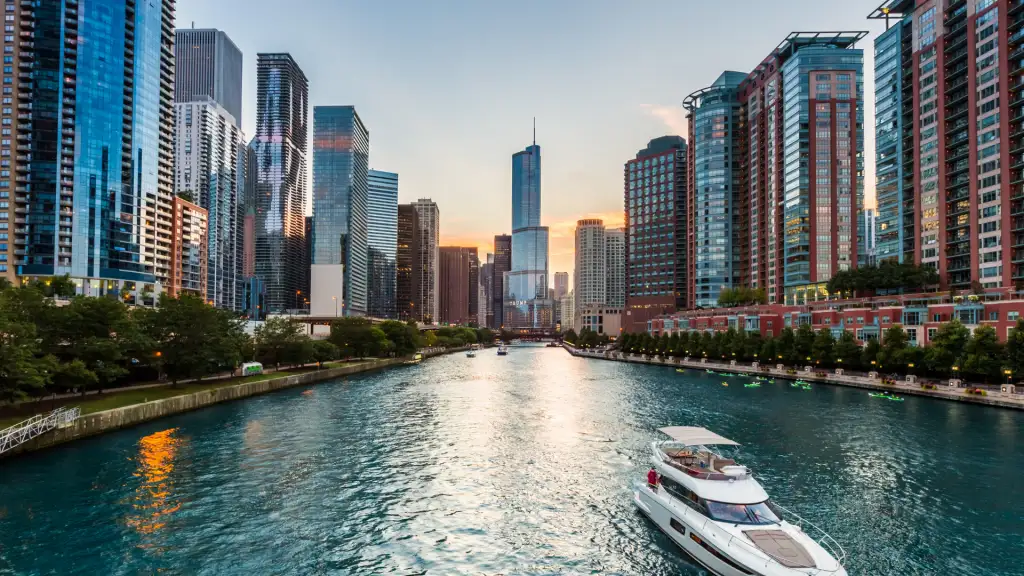

$188 -- Honolulu: Save on Oceanview...
Abigail Lamay




